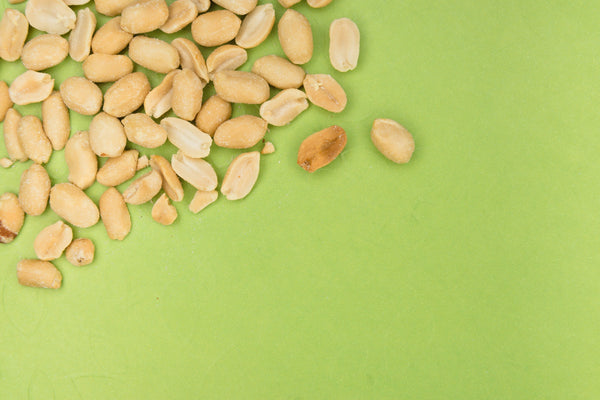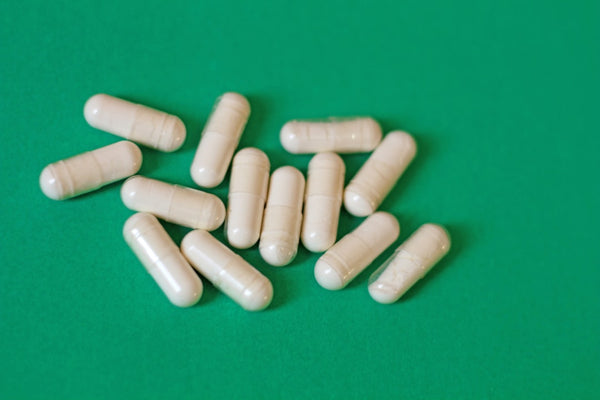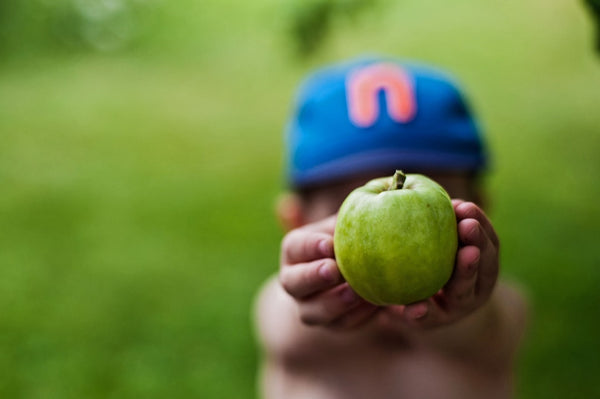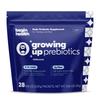How Much Sugar Is in Your Kid's Snacks?
share this article

Hidden Sugar: A Sneaky Problem in Kids' Snacks
Most parents wouldn’t hand their toddler a spoonful of sugar—but many popular kids’ snacks are essentially doing just that. From “healthy” fruit snacks to granola bars and flavored yogurts, added sugar is hiding in more places than you think.
According to the CDC, kids ages 2 to 5 consume an average of 13 teaspoons of added sugar per day - that’s nearly 3x the recommended limit [1]. And much of that sugar is coming from snack foods marketed as healthy or natural.
Here’s what you need to know about how much sugar is really in your kid’s snacks—and how to make smarter swaps without the meltdowns.
How Much Sugar Is Too Much?
The American Heart Association (AHA) recommends [2]:
-
Kids ages 2–18 should have no more than 25 grams (6 teaspoons) of added sugar per day
-
Kids under age 2 should have zero added sugar
Added sugars are any sugars not naturally occurring in whole foods (like fruit or milk). They include cane sugar, honey, syrups, fruit juice concentrates, and even "organic cane sugar."
The Shocking Sugar Content of Common Snacks
Here’s a look at how much added sugar is hiding in some popular kid-friendly options:
|
Snack |
Sugar (g) |
Sugar Equivalent |
|
Flavored yogurt (1 small container) |
12–18 g |
3–4.5 teaspoons |
|
Fruit snacks (1 pouch) |
9–12 g |
2–3 teaspoons |
|
Granola bar |
7–11 g |
2–2.75 teaspoons |
|
Applesauce pouch (sweetened) |
10–13 g |
2.5–3 teaspoons |
|
Chocolate milk (1 cup) |
12 g+ |
3 teaspoons |
|
Kids’ breakfast cereal (1 cup) |
10–15 g |
2.5–3.75 teaspoons |
|
Juice box (6.75 oz) |
13–20 g |
3–5 teaspoons |
Now imagine your kiddo having just three of these in one day. It’s easy to hit or exceed the 25g limit before dinner.
Why Too Much Sugar Is a Problem
Excess added sugar is linked to:
-
Increased risk of tooth decay
-
Higher chances of obesity and insulin resistance
-
More frequent mood swings and crashes
-
Disrupted gut microbiome balance
-
Higher risk of fatty liver disease (yes, even in kids)
And the earlier sugar habits form, the harder they are to reverse.
What to Look for on Labels
-
Check the “Added Sugars” line on the Nutrition Facts panel
-
Aim for less than 5g of added sugar per serving when possible
-
Look for ingredient list red flags like:
-
Cane sugar
-
Brown rice syrup
-
Fruit juice concentrate
-
Evaporated cane juice
-
Corn syrup
Smart, Lower-Sugar Snack Swaps
Instead of:
Flavored yogurt → Try plain yogurt with mashed berries or cinnamon
Fruit snacks → Offer freeze-dried fruit or fresh fruit slices
Granola bars → Make your own with unsweetened oats + nut butter
Sweetened applesauce → Use unsweetened applesauce + a pinch of cinnamon
Juice box → Go for infused water, coconut water, or diluted juice
Also consider nutrient-boosting snacks like:
-
Prebiotic powders (like Growing Up Prebiotics) mixed into smoothies or yogurt
-
Trail mix with nuts, seeds, and unsweetened dried fruit
-
Veggie sticks with hummus
-
Whole grain crackers with nut butter
Summary
Kids’ snacks can pack a surprising amount of added sugar—even the ones labeled “organic” or “natural.” By reading labels, knowing the daily limits, and making easy swaps, you can help your kid stay energized, balanced, and on a gut-healthy track. Aim for snacks with minimal added sugar and plenty of fiber, protein, or healthy fats to keep blood sugar stable and bellies full.
















